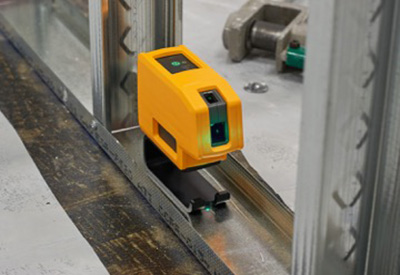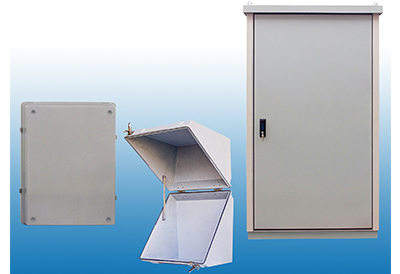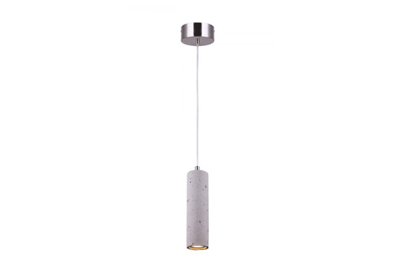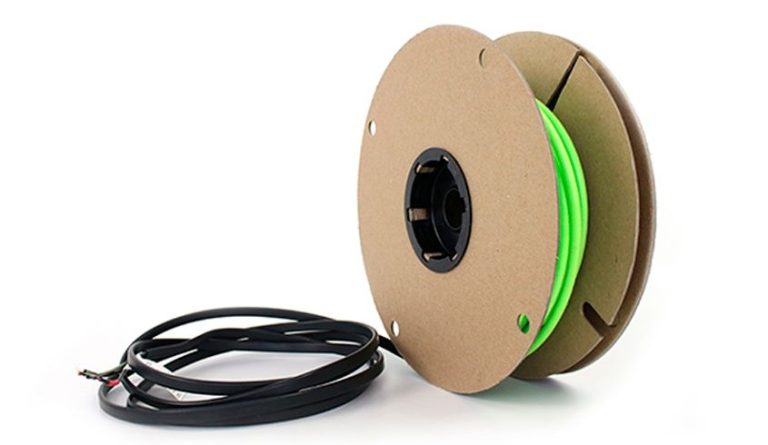Rugged Fluke Laser Levels Perform Layout Tasks Simply, Accurately and Quickly

October 12, 2016
Fluke Corp’s laser levels are a new line of professional grade, precision tools that provide precise reference points while surviving rough handling on the job.
The laser levels are designed to survive a one metre drop and keep working. They feature a fast settling, self-levelling gimbal that quickly delivers accurate reference points, expediting electrical and HVAC layouts. All models include magnetic wall brackets for easy, stable mounting.
The Fluke laser level family includes:
– Fluke-3PR (red laser) and Fluke-3PG (green laser) point laser levels —self-levelling three-point laser levels for fast, accurate layout of reference points. Accurate to 6 mm at 30 meters (1/4 inch at 100 feet), it includes a floor stand for fast, easy overhang and centreline measurements. The green laser (Fluke-3PG) is up to three times brighter for improved visibility in outdoor and long-range applications.
– Fluke-180LR and Fluke-180LG line laser levels —self-levelling, horizontal- and vertical-cross line laser levels for rapid, accurate (3 mm at 10 meters; 1/8 inch at 30 feet) levelling and layout.
– Fluke-LDR and Fluke-LDG laser line detectors — laser line detectors for use in high ambient light settings with visual and audible indicators for ease of use. The detectors are compatible with Fluke-180LR (Fluke-LDR) or Fluke-180LG (Fluke-LDG) models and include mounting bracket for quick, steady positioning.
– Fluke-180LR System and Fluke-180LG systems —comprehensive self-levelling, horizontal- and vertical-cross line laser level systems that include laser line detector and detector bracket for use in high ambient light settings.
Find out more: www.fluke.com/laserlevels.

















